

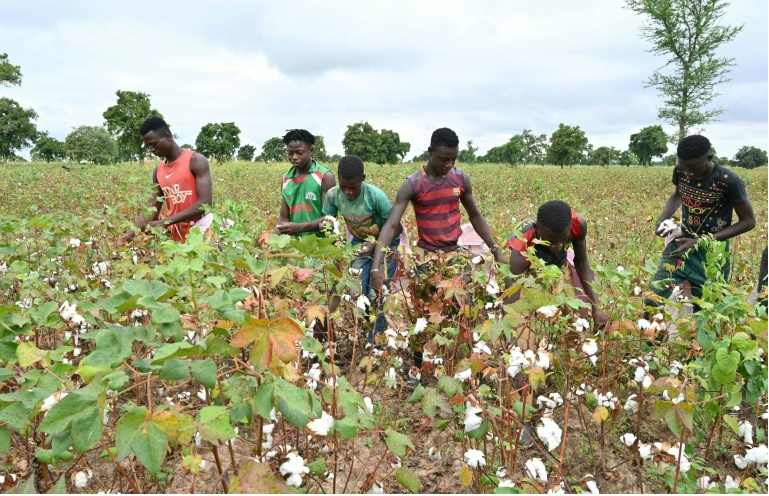
BUSINESS France plans fashion revolution with climate-impact labels
North India cotton yarn prices stable, recycled down in Panipat
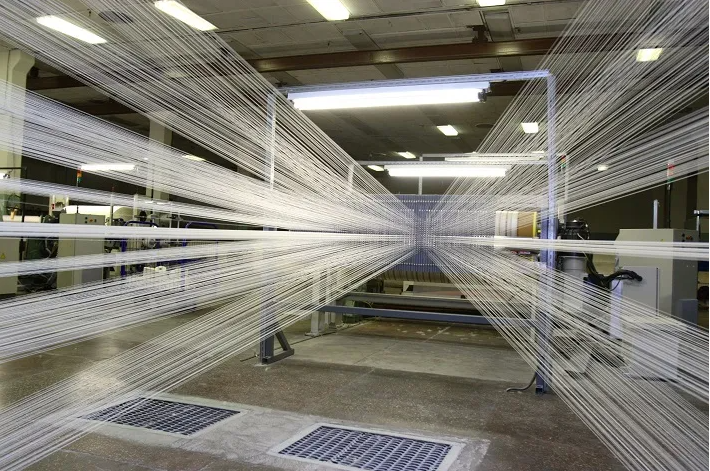
Asia remains the garment factory of the world: ILO
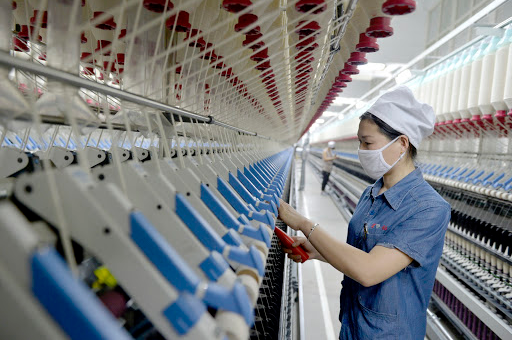
Bangladesh’s knitwear industry has criticised the failings that caused a major fire at a ♥storage depot holding clothing and textiles for export from the country’s major port λat Chittagong, killing 44 people and losing sector companies more than US$110m.♣

India lifts anti-dumping duty on import of textile chemical
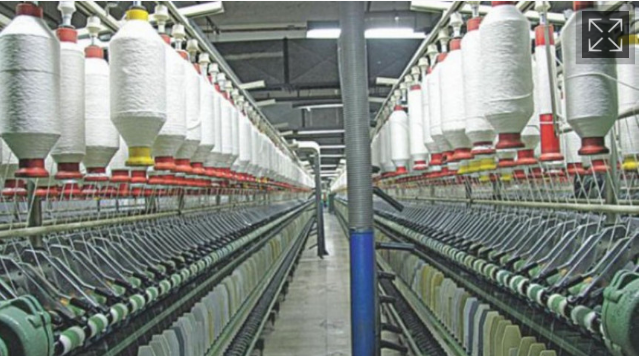
ISLAMABAD: The Institute of Chartered Accountants of Pa↔kistan (ICAP) on Tuesday suggested an audit of textile export subsidies by an↔ international firm to justify export outcomes and called for$ the withdrawal of all income tax exemptions to remove distortion as a national convicti>on instead of external demands.
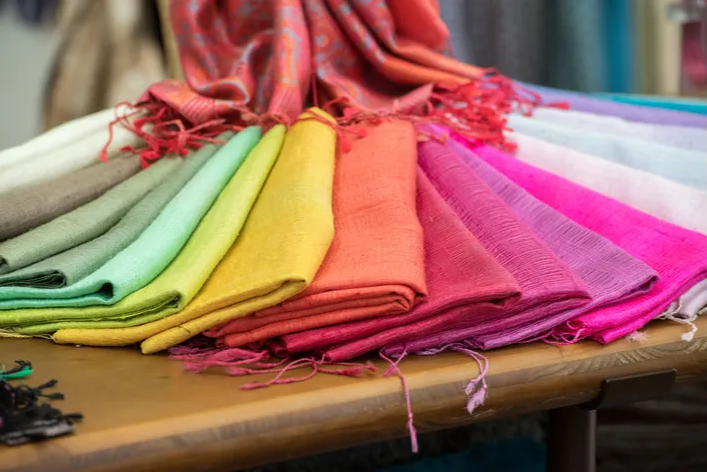
India-based denim manufacturing and fabric processing unit Vishal Fabrics Limited (VFL),€ a unit of Chiripal Group, has reported a 41 per cent growth in net income to ₹20 c®rore in the fourth quarter (Q4) this fiscal as opposed to ₹14 crore in Q4 FY21. Vishalα Fabrics posted a growth of 60 per cent at ₹1,547 crore for the financial yea"r 2022 in comparison to ₹968 crore for the last fiscal. It recorded ∑a revenue of ₹426 crore during Q4 FY22, as against ₹3'88 crore in Q4 FY21, a growth of 10 per cent, the company said in a medi♥a release.
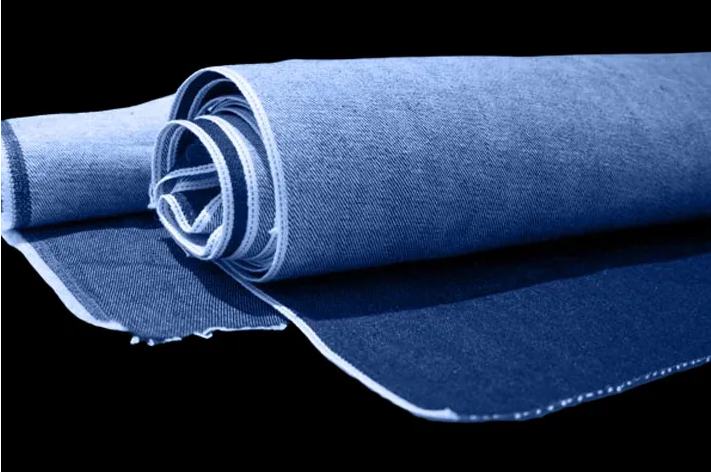
India’s readymade garment exporters want a ban on cotton exports, saying they are facing a severe liquidity crisis because of soaring cotton and yarn prices, which is making i↕t difficult for them to deliver shipments to their foreign buyerΩs on time.
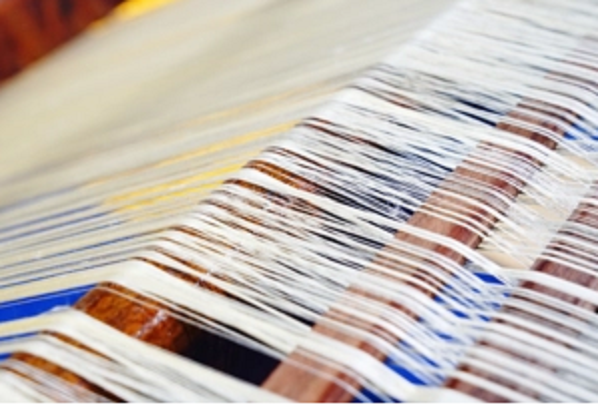
The value of textile and garment exports from Pakistan increased by 25.43 ¶per cent year-on-year in dollar terms in the first nine months of fiscal 2021-22.β During the period, Pakistan earned $14.242 billion ∏from textile and apparel exports, compared to exports of $11.355 billion in July-March 2020-21, according to data® from Pakistan Bureau of Statistics.
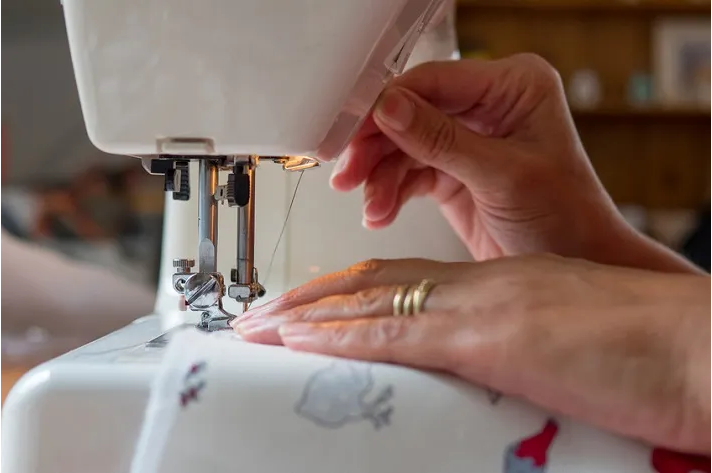
In the first quarter of 2022, Lenzing Group, the world market leaderγ in wood based cellulosic fibres, has posted revenue g≠rowth of 25.7 per cent year-on-year to reach €615 million, due to continued higλh demand for wood-based biodegradable specialty fibres and higher ♥fibre prices. Specialty fibres’ share of fibre rev→enue currently stands at 73.3 per cent.
